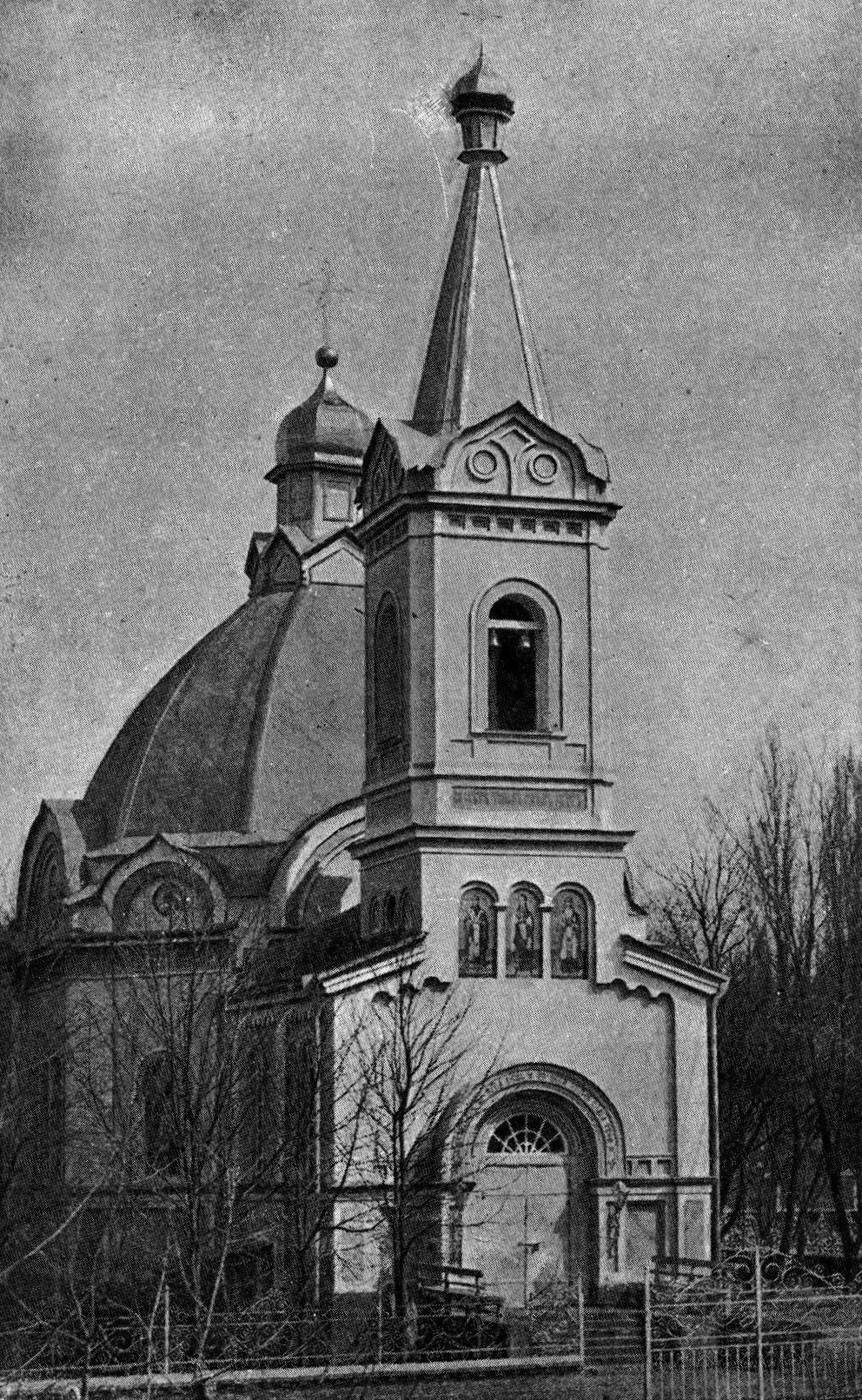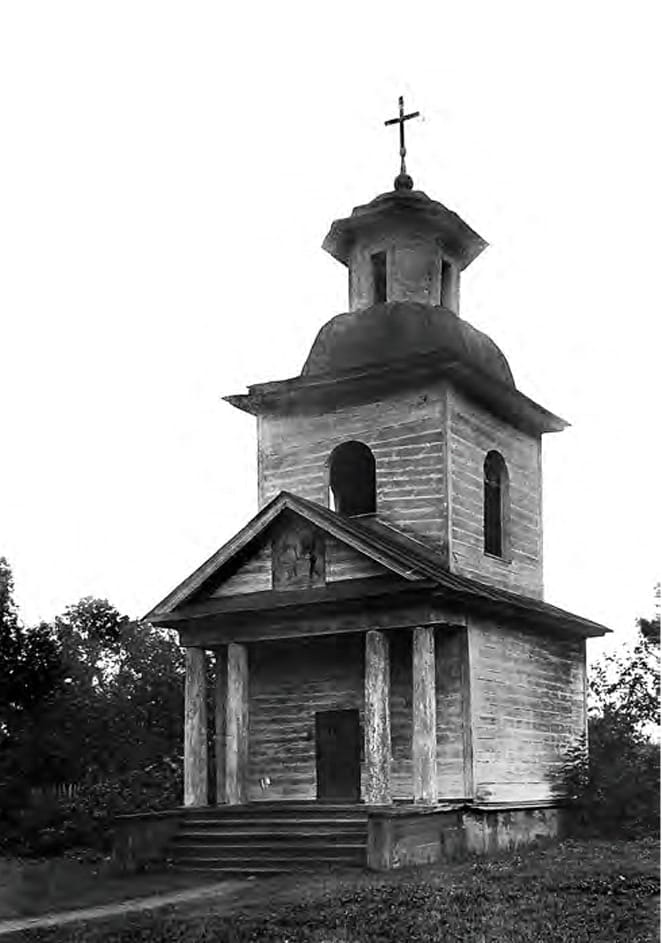In addition, churches existed in other parts of the city. In particular, churches also were on the territory of Zastryzhnia and Bobrovytsia. Similarly, in the XIX century the Barbarian (Varvarynska) wooden church had existed since 1751 next to Polubotko palace also was dismantled.
The Ascension Church was built in 1870–1874 at the intersection of modern Molodshoho and Shevchenko streets. Church did not survive the Second World War and the post-war reconstruction of the city. The church was located on the square of the same name. The architectural forms of the Church of the Ascension resembled the temples of the Classicism era. However, its main feature was a huge hemispherical dome. Around the church was a cemetery, where famous figures of that time such as Illia Shrah and Ivan Rashevskyi were buried. In 1941, the tops of the church burned down during a fire, but the building survived. In the 1950s, it was finally dismantled, concurrently with the territory of the cemetery.

At the end of the XVII century Colonel V. Dunin-Borkovskyi erected a wooden church in front of his estate, church was consecrated as St. George (Yurii) Church. It lasted until 1802, burned down during a fire. Instead, in the 1820s, one of the colonel's descendants bought a wooden church in the Trykhsviatskyi hamlet and moved it to the place, where the previous St. George Church was. So, again, it was consecrated as the Church of St. George. The exact date of the destruction is unknown; approximately it was between 1930s–1940s. The church was on the territory of Chernihiv district hospital. There was also a bell tower, which was also destroyed along with the church.


The Church of the Myrrh-Bearer Women was on the territory of the archbishop's estate, also did not survive; it was located on the territory of the city park of culture and recreation near the Summer Theater.